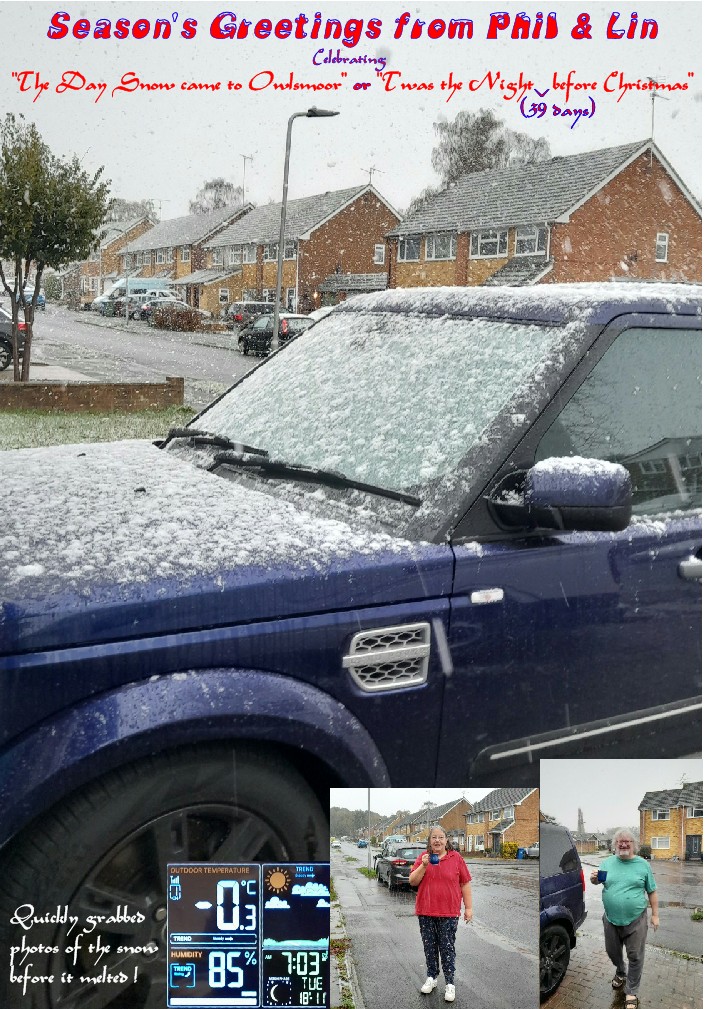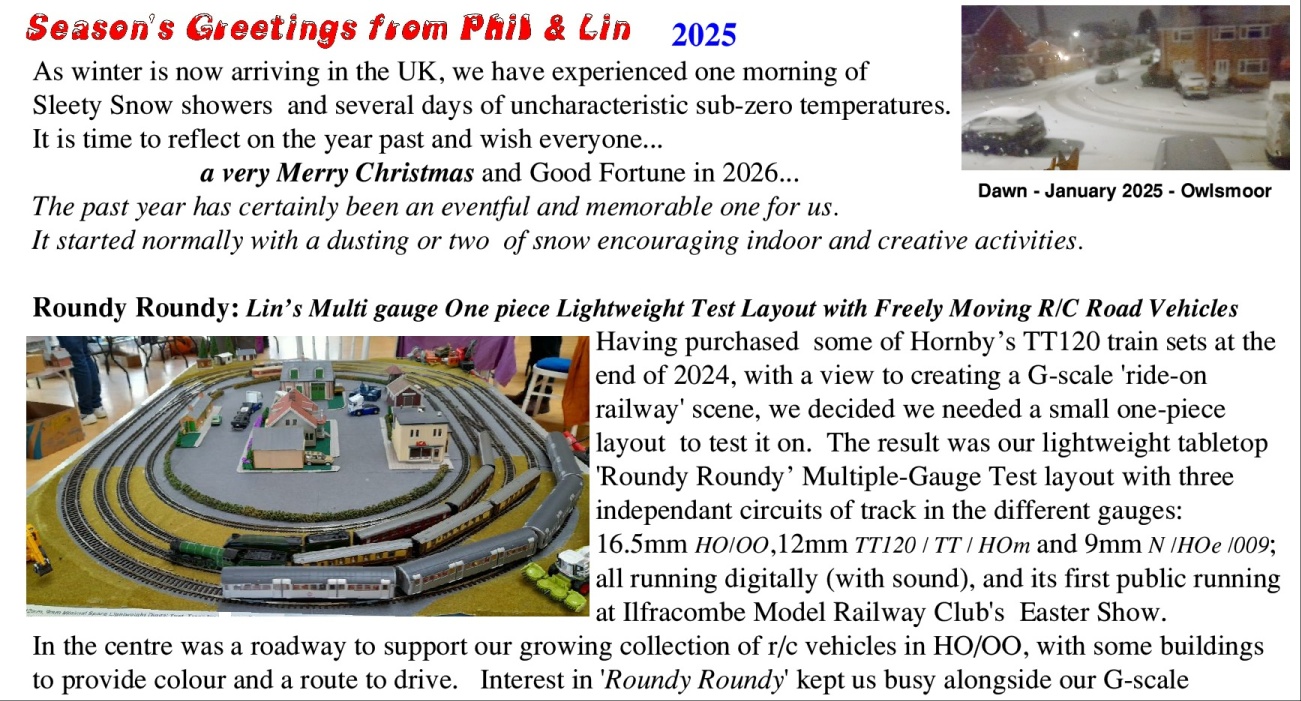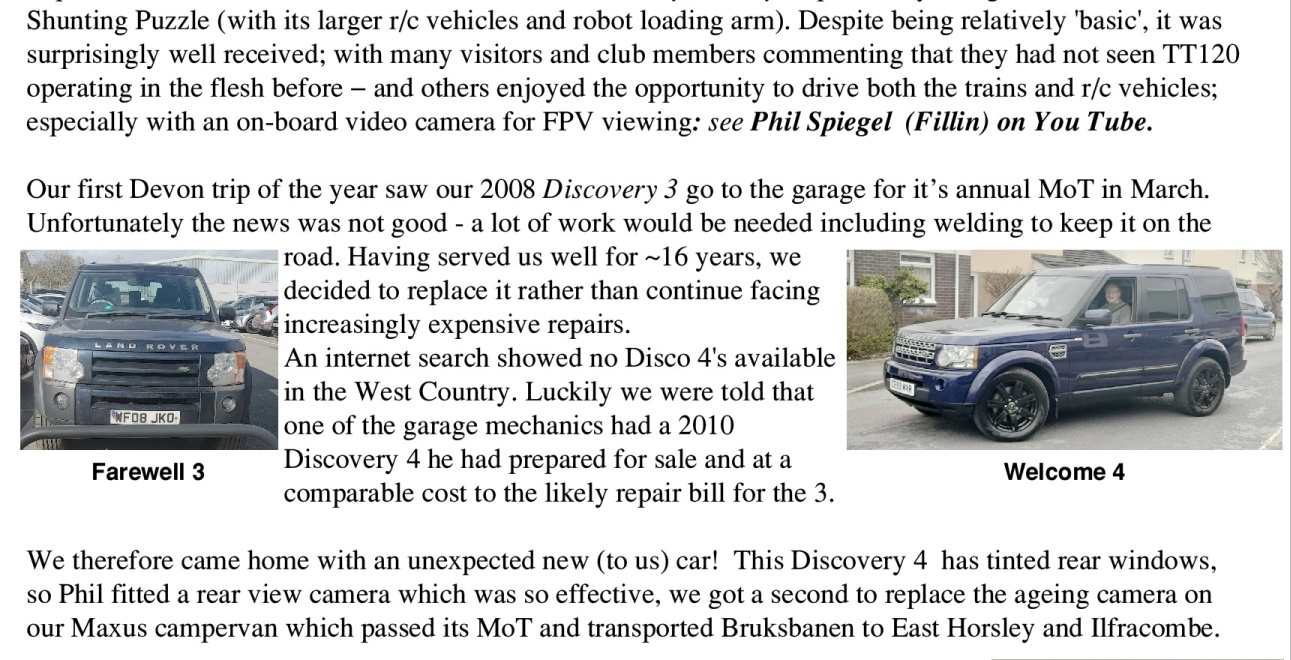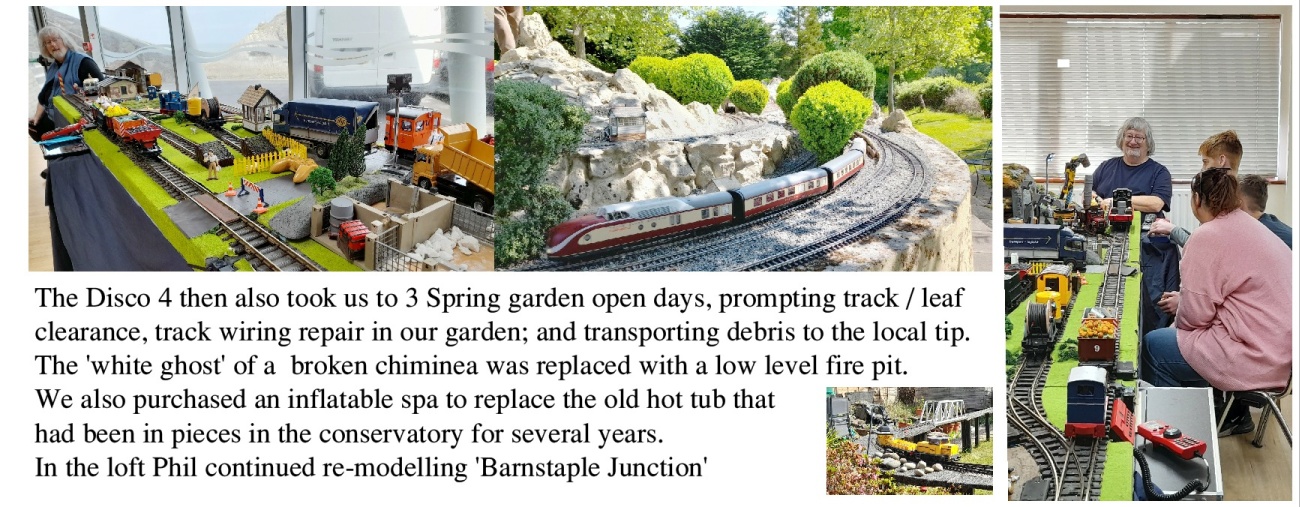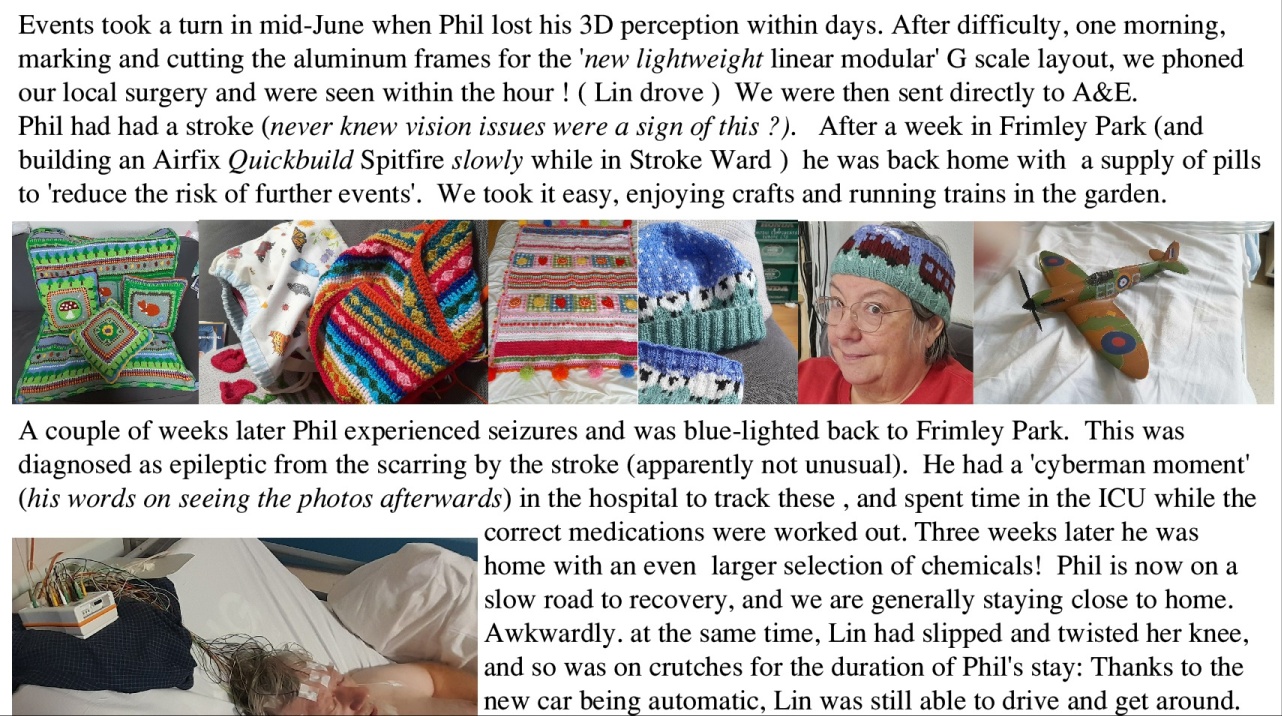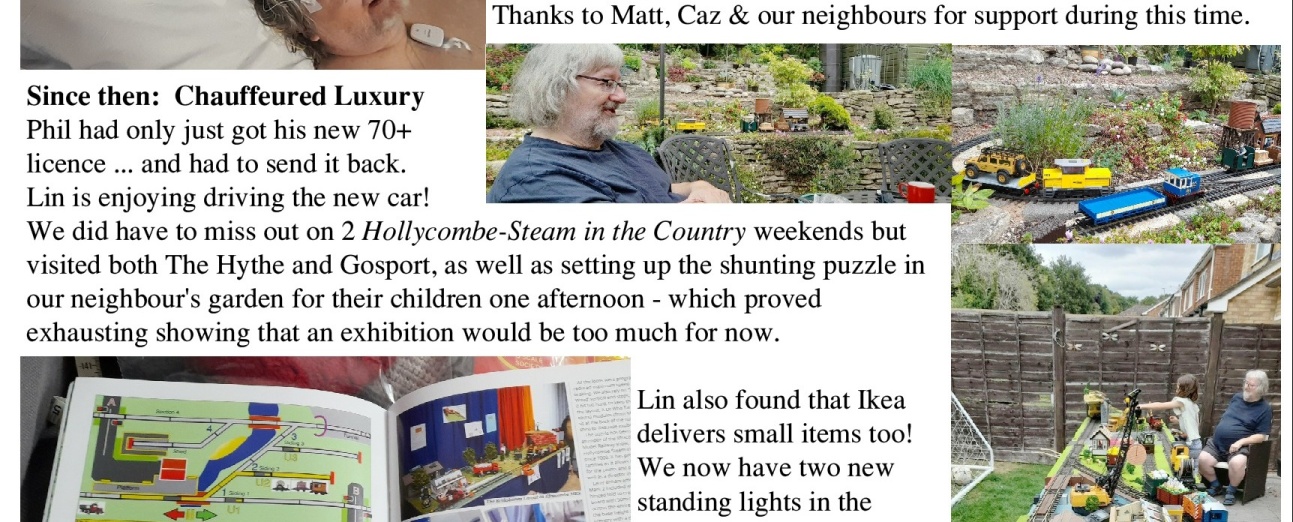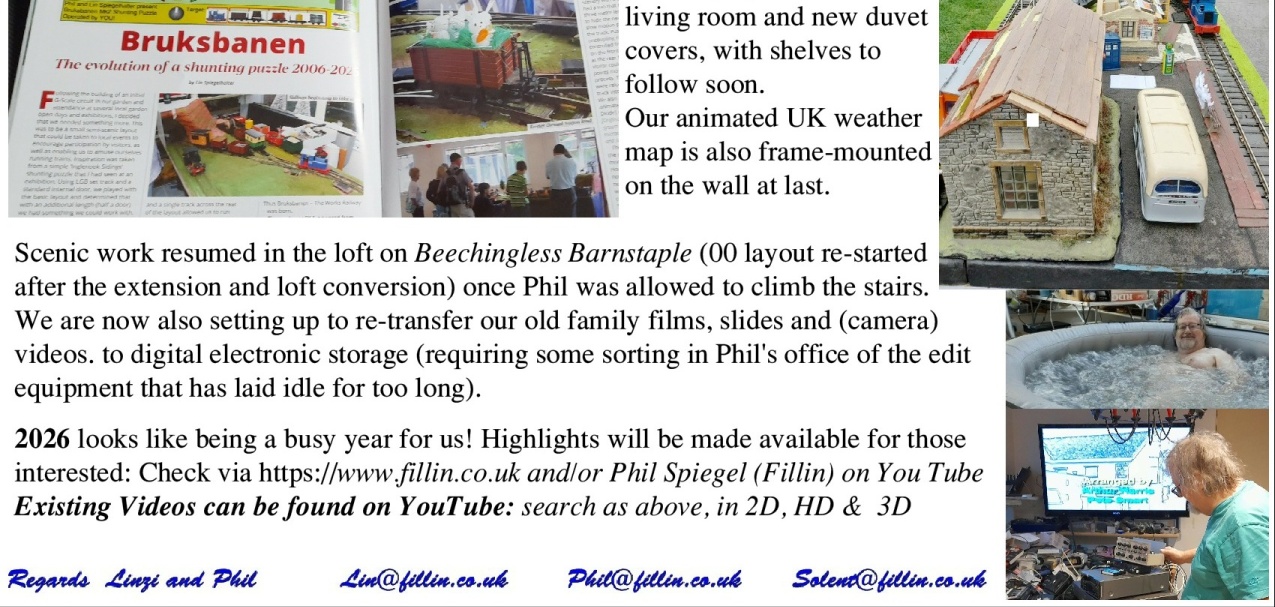 |
Front Page with the web copy of our Christmas Card for 2025 (click on the Top left for our regular railway pages or the Top right for Solent G-Scale) |
 |
 |
Front Page with the web copy of our Christmas Card for 2025 (click on the Top left for our regular railway pages or the Top right for Solent G-Scale) |
 |
